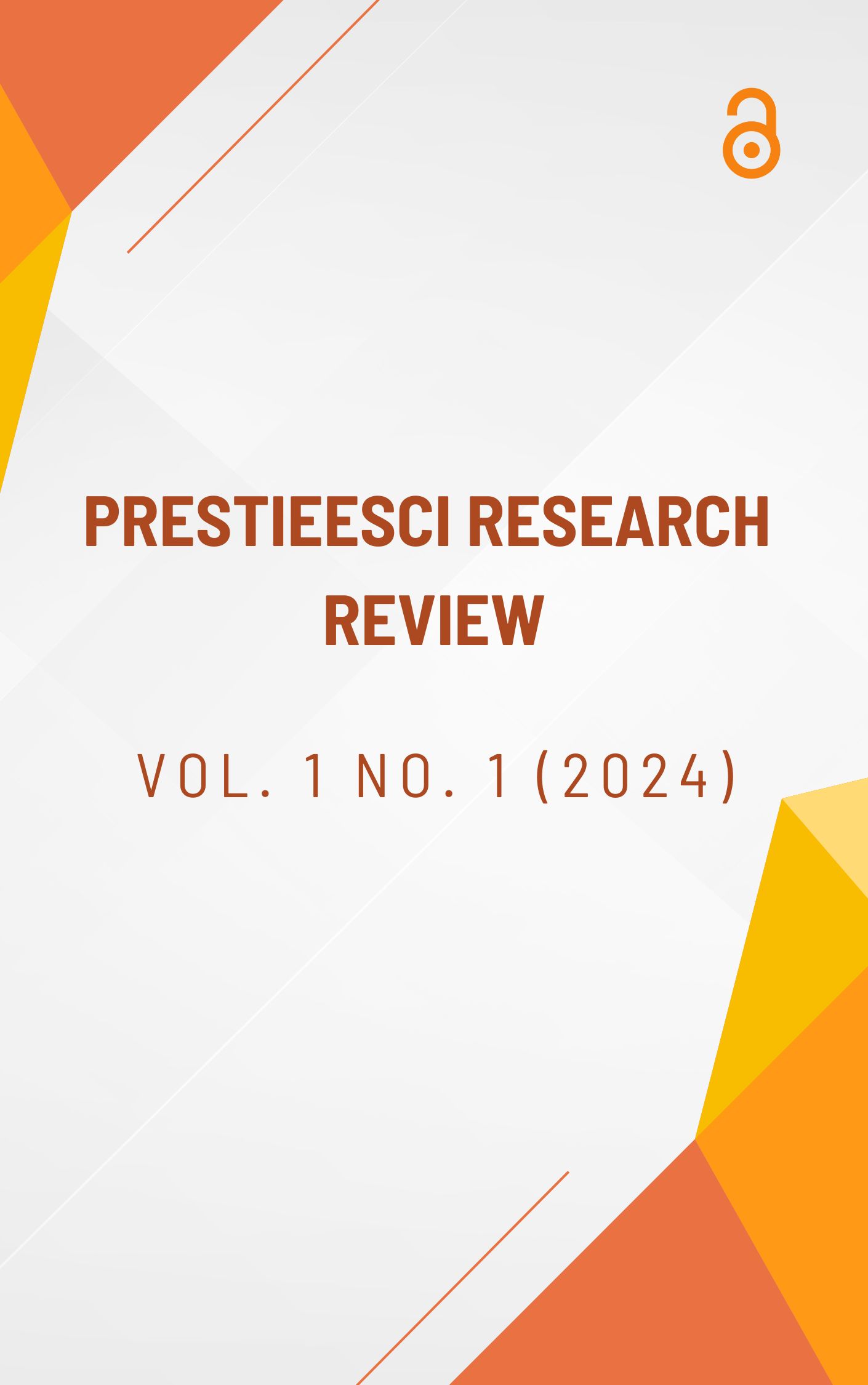BIOLOGICAL PROPERTIES OF Cr2O3 NANOPARTICLES
Abstract
Among the many inorganic NPs that have stood out for their exceptional properties in several areas of contemporary science and technology, chromic oxide nanoparticles (Cr2O3 NPs) stand out. In order to fulfil its vital potential, Cr2O3 NPs have been manufactured using a variety of manufacturing techniques. The majority of the methods for synthesizing Cr2O3 NPs have economic and ecological drawbacks, which has led to the pursuit of more sustainable alternatives. Given the many physiological, environmental, economic, and medical benefits of Cr2O3 NPs, it is surprising that biological production methods have been shown to be appropriate for their synthesis. Crucial features of Cr2O3 NPs synthesized from biomass and broths enhanced their antioxidant, antifungal, and antibacterial applications. There has been a lot of interest in phytosynthesized Cr2O3 NPs from the electronics industry, chemistry, and medicine for their potential use as microelectronic circuit components, sensors, fuel cells, solar energy collectors, antioxidants, and photocatalytic agents. The difficulties in understanding the formation reaction persist despite the mentioned benefits of biogenically generated Cr2O3 NPs. Recent advances in the synthesis, characterisation, and medical and pharmacological uses of phytosynthesized Cr2O3 NPs were summarized in this study.




